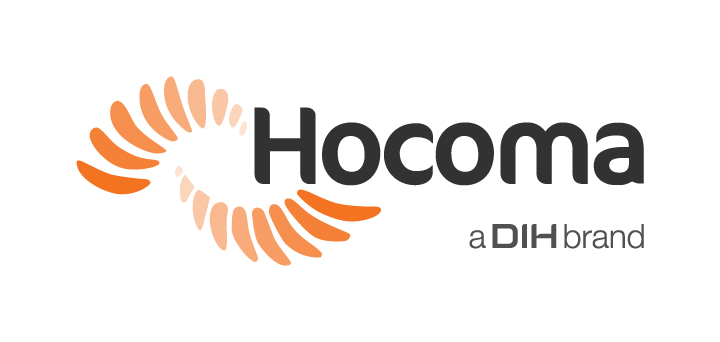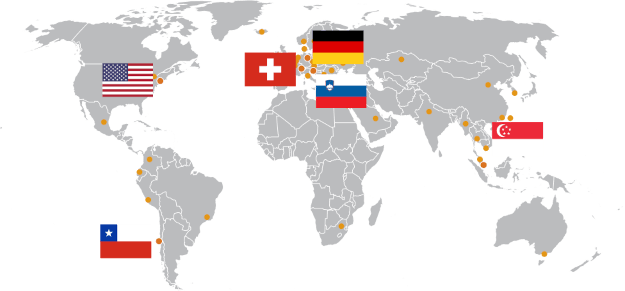October 27, 2020
Robotic Upper Limb Rehabilitation Offers a Valid Alternative to Achieve Functional Gains

Increasing the dose and intensity of upper limb rehabilitation training early after stroke leads to gains in upper limb activity beyond those seen with usual care. A randomized controlled trial studied the effects of 30 sessions of 60 min added to standard care on 24 patients (2 groups) after ischemic stroke. The two groups, matched for time-on-task, received either robotic therapy in an immersive virtual reality environment (the Dolphin game performed on the ArmeoPower) or enhanced occupational therapy (focusing on impairment interventions and activity training). The results of both groups were compared to those of a historical control group receiving usual care (from the Dutch EXPLICIT trial).
Both intensive interventions delivered positive outcomes in activity (ARAT) and in impairment (Fugl-Meyer Score), which were above the minimal clinically important difference. Compared to usual care, the study interventions delivered higher gains in activity but not in impairment reduction.
Whilst the enhanced occupational therapy provided in this study is likely to be unrealistic to achieve in standard rehabilitation settings, robotics can provide a valid alternative, providing the same functional gains and reduction in impairment.
Link to original publication:


